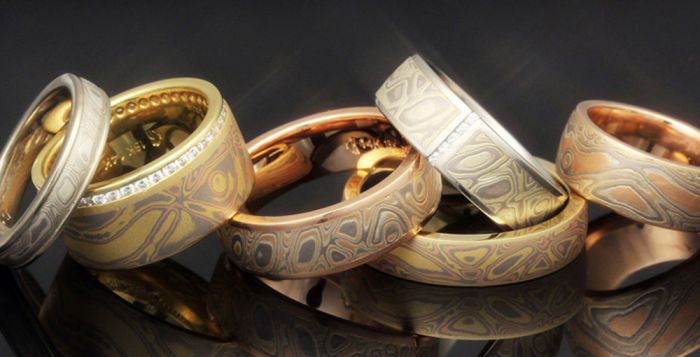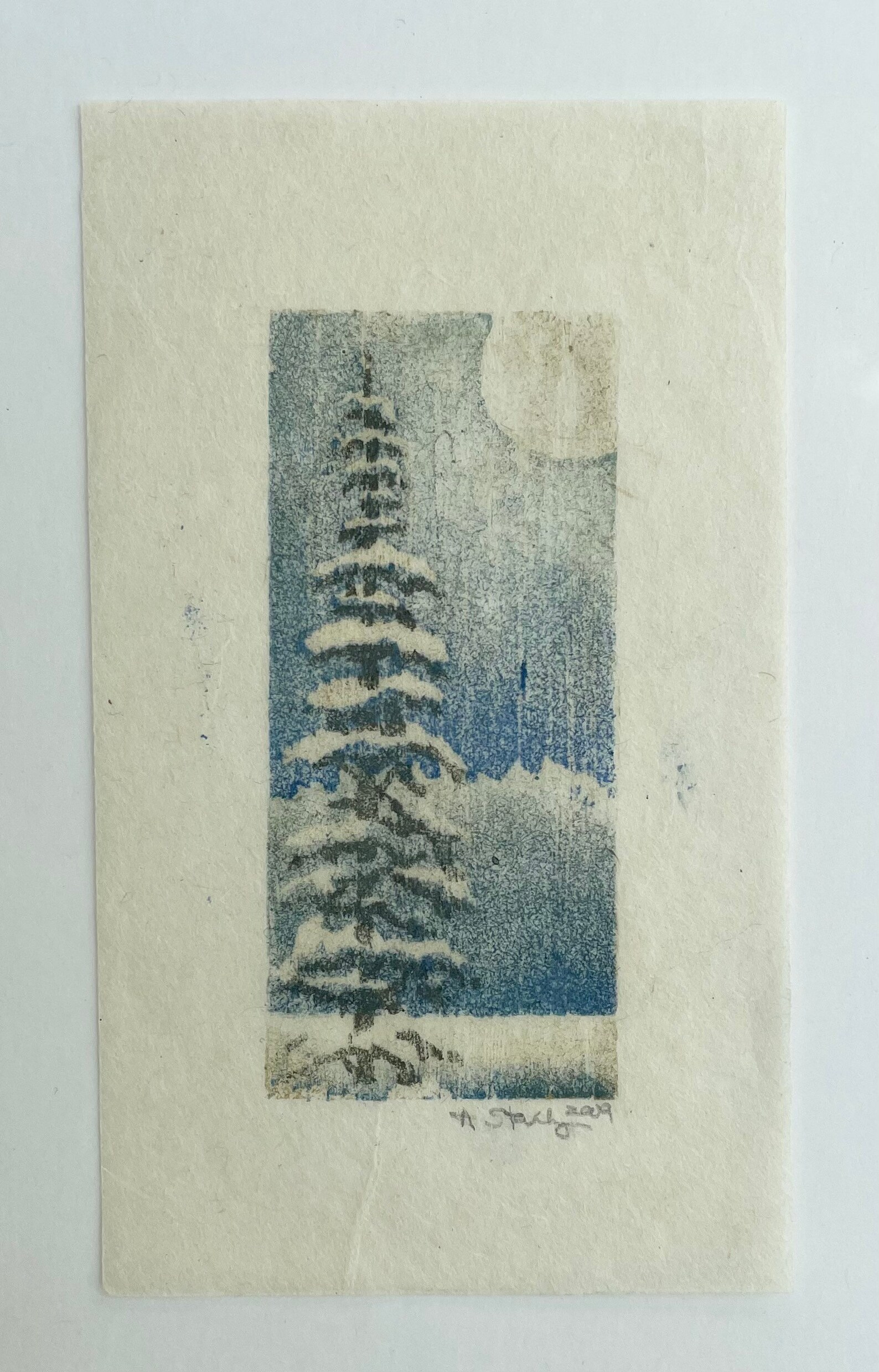

Rubbing a round pad over the back of a piece of paper laid over the top of the inked board makes a print. Ink is applied to the surface of the woodblock.

Following the lines on the paper, now pasted to a wooden block usually of cherry wood, the carver chisels and cuts to create the original in negative-with the lines and areas to be colored raised in relief. Designers were dependent on the skill and cooperation of their engravers and of the printers charged with executing their ideas in finished form.Ī woodblock print image is first designed by the artist on paper and then transferred to a thin, partly transparent paper. It was he who chose the theme and determined the quality of the work. A print was usually conceived and issued as a commercial venture by the publisher, who was often also a bookseller. These pictures could be made in great quantity and featured popular scenes that appealed in particular to the wealthy townspeople of the period.ĭespite the fame of great print masters like Suzuki Harunobu (1725–1770) and Utagawa Hiroshige (1797–1858), each print required the collaboration of four experts: the designer, the engraver, the printer, and the publisher. With time, their subject matter expanded to include famous romantic vistas and eventually, in the final years of the nineteenth century, dramatic historical events. Woodblock prints of the Edo period most frequently depicted the seductive courtesans and exciting Kabuki actors ( JP2822) of the urban pleasure districts. The first polychrome prints, or nishiki-e, were calendars made on commission for a group of wealthy patrons in Edo, where it was the custom to exchange beautifully designed calendars at the beginning of the year.
#Moku hanga printmaking early 1900s full#
Printmakers who had heretofore worked in monochrome and painted the colors in by hand, or had printed only a few colors, gradually came to use full polychrome painting to spectacular effect. In 1765, new technology made it possible to produce single-sheet prints in a whole range of colors. Until the eighteenth century, however, woodblock printing remained primarily a convenient method of reproducing written texts. 1640) used wood stamps in the early seventeenth century to print designs on paper and silk. The designer and painter Tawaraya Sōtatsu (died ca. For the exhibition, the museum cooperates with guest curator Chris Uhlenbeck.Woodblock prints were initially used as early as the eighth century in Japan to disseminate texts, especially Buddhist scriptures.

It takes up the history of traditional printmaking in Japan where the 2016 exhibition ended. This exhibition is a logical follow-up to the major Ukiyo-e exhibition held at the Museum in 2016-2017. "This exhibition once again proves the versatility of the Art & History Museum's collection and the power of heritage in bringing together stories, communities and ideas across generations and continents." - Thomas Dermine, State Secretary for Economic Recovery and Strategic Investments, in charge of Science Policy. While retaining classic themes such as landscapes, beautiful women (bijin), kabuki actors and flowers-and-birds, Shin hanga prints also reflect a modernizing Japan and seduce with a new aesthetic and an extremely high production quality.Īrtists: Kawase Hasui, Itō Shinsui, Ohara Koson, Kasamatsu Shirō, Komura Settai, … He gathered around him artists whose drawings were printed using traditional woodblock printing techniques. The publisher Watanabe Shōzaburō (1885-1962), noting the decline in xylographic production due to competition from new imported techniques such as photography and lithography, was the movement's greatest promoter. The Shin hanga (literally « new prints ») art movement was a revival of traditional printmaking (ukiyo-e) in the early 20th century. Next to these works, the visitors find a selection of Shin hanga prints from the rich collection of the Art & History Museum. The " Shin hanga - The new prints of Japan 1900-1960" exhibition ( – ) features no less than 220 Japanese prints from two private collections in the Netherlands, as well as sketches, studies and prints from the collection of the grandson of the publisher Watanabe.


 0 kommentar(er)
0 kommentar(er)
